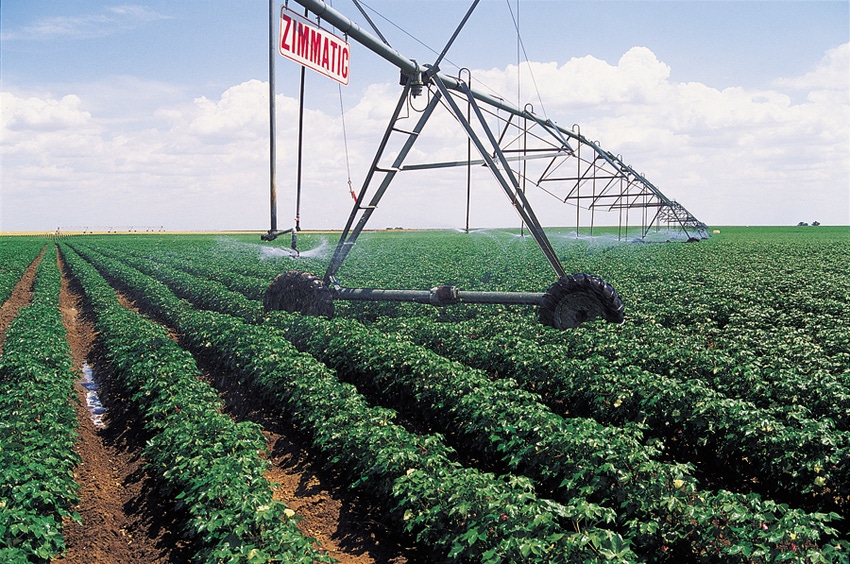June 15, 2011

Our moth trap counts in Lonoke, Ark., indicate we may be in for another tough year with bollworms. In early May, traps averaged almost 60 moths per week and have been steadily rising ever since.
In late May, moth traps jumped from an average of 77 moths per trap, to a whopping 339 moths per trap, and since the first of June, have steadily increased to 441 moths per trap this past week.
I think this indicates all the southerly flow of wind has resulted in mass migration from the south (Louisiana, Texas, Mexico, the Caribbean, etc.).
By the end of June, we will be seeing the results of these moth numbers, and growers should be ready for bollworms. Based on these numbers, we will get that 4th of July flight a little early, and it may just keep coming.
Similar to last year, we may see “rolling” populations where the moths just keep coming, resulting in egg lays coming in right behind insecticide applications. Hopefully, I’m wrong, but I suggest you be prepared.
These flights should coincide with blooming cotton (and soybean), so we need to be scouting closely in the next few days. In fact, reports in the south indicate that bollworm eggs are being picked up in many fields. They shouldn’t cause much damage on pre-blooming cotton, but many fields in the south are nearing bloom.
For growers with conventional cotton: We appear to be catching fairly high numbers of tobacco budworms (TBW), and you should consider any infestations in these fields as at least partially TBW. Therefore, straight pyrethroid applications should be avoided. Scout conventional fields closely right now for developing problems.
You May Also Like




